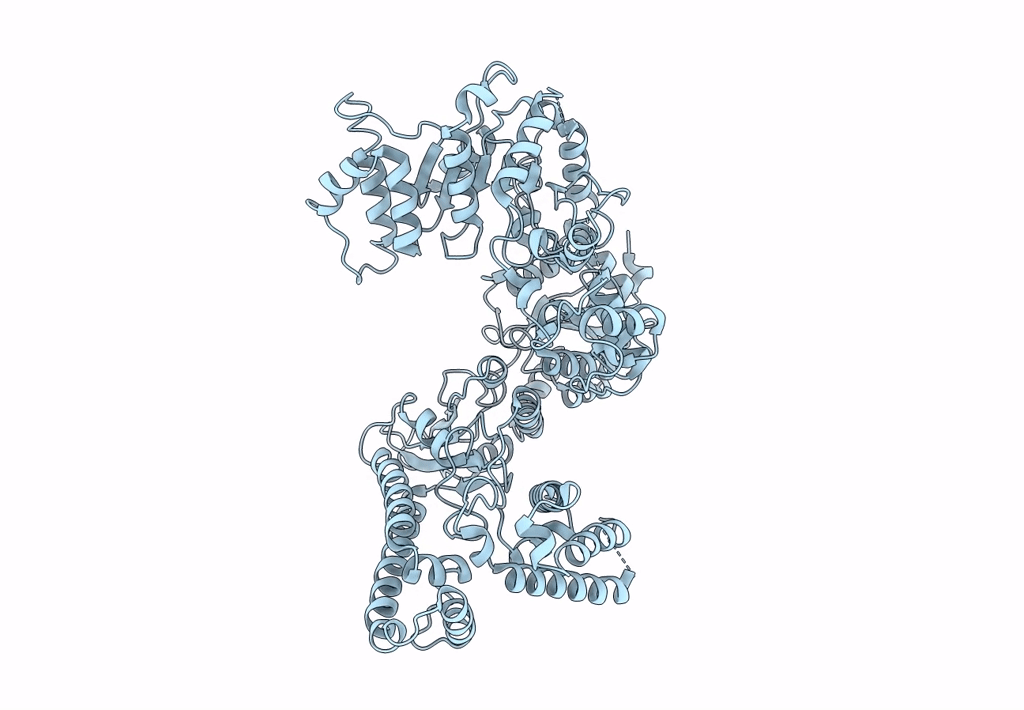
Deposition Date
2023-05-25
Release Date
2023-08-30
Last Version Date
2025-07-02
Entry Detail
Biological Source:
Source Organism:
Host Organism:
Method Details:
Experimental Method:
Resolution:
3.10 Å
Aggregation State:
PARTICLE
Reconstruction Method:
SINGLE PARTICLE


